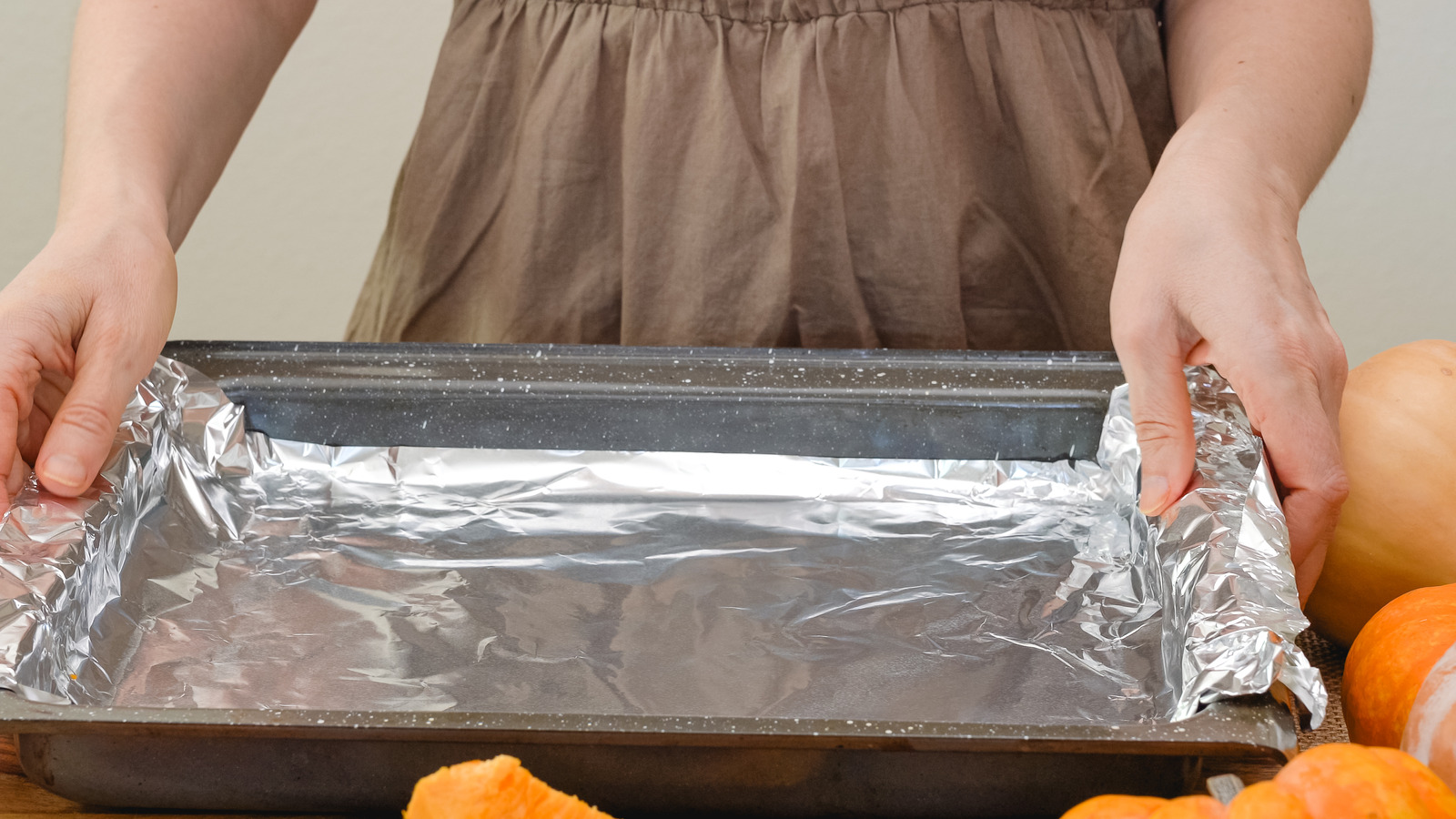Understanding What is Considered a Shallow Baking Pan for BBQ Enthusiasts
Written By James MorganAs an avid barbecue enthusiast, you might have come across recipes and guides discussing various types of baking pans. One particular type that often stirs up curiosity is the shallow baking pan. So, what is considered a shallow baking pan? Let's dive deep into the details and find out how these pans can be a game-changer for your barbecuing adventures.

Defining a Shallow Baking Pan
A shallow baking pan is characterized by its low sides, typically no taller than one to two inches. These pans are designed to allow for even cooking and browning, making them ideal for a variety of baking and roasting tasks. Examples include sheet pans, roasting pans, and gratin dishes. The low profile of these pans ensures that heat circulates evenly around the food, which is particularly beneficial when grilling or roasting.

Why Barbecue Enthusiasts Should Care
For barbecue lovers, understanding the use of a shallow baking pan can elevate your cooking game. When grilling, these pans can be used to cook vegetables, seafood, and even delicate cuts of meat without the risk of them falling through the grill grates. Additionally, they can be used to catch drippings, preventing flare-ups and making cleanup easier.
Types of Shallow Baking Pans
There are various types of shallow baking pans, each serving different purposes:
- Sheet Pans: Ideal for baking cookies, roasting vegetables, and making sheet pan dinners.
- Roasting Pans: Perfect for roasting meats and poultry with room for added vegetables.
- Gratin Dishes: These are excellent for making baked casseroles, gratins, or even mac and cheese.
Materials Matter
The material of your baking pan can significantly impact your cooking results. Common materials include aluminum, stainless steel, and non-stick coatings. Each has its own set of advantages and disadvantages:
- Aluminum: Excellent heat conductor, lightweight, but may warp at high temperatures.
- Stainless Steel: Durable, does not react with acidic foods, but may not conduct heat as evenly as aluminum.
- Non-Stick Coatings: Easy to clean, but can wear out over time and may not be suitable for high-heat applications.

Using Shallow Baking Pans in Barbecue
Incorporating shallow baking pans into your barbecue toolkit can simplify and improve your outdoor cooking sessions. Here are some practical tips:
- Preheating: Always preheat your pan on the grill to ensure even cooking.
- Oil the Pan: Lightly oiling the pan can prevent sticking and make cleanup easier.
- Monitor Heat: Keep an eye on the grill's temperature to avoid burning or uneven cooking.
Shallow Baking Pans vs. Deep Baking Pans
One common question is how shallow baking pans compare to their deeper counterparts. The main difference lies in heat circulation. Shallow pans promote better airflow around the food, leading to even cooking and browning. Deep pans, on the other hand, are better suited for dishes that require slow cooking and retaining moisture.
Expert Tips for Barbecue Enthusiasts
Here are some expert tips to get the most out of your shallow baking pans:
- Use Parchment Paper: This can help prevent sticking and make cleanup a breeze.
- Don't Overcrowd the Pan: Give your food enough space to breathe and cook evenly.
- Experiment with Recipes: Try new recipes that specifically call for shallow baking pans to expand your cooking repertoire.

FAQs
Q: What can I cook in a shallow baking pan?
A: You can cook a wide variety of foods including vegetables, seafood, chicken breasts, and even desserts like brownies and cookies.
Q: Can I use a shallow baking pan on the grill?
A: Absolutely! Shallow baking pans are great for grilling delicate items that might otherwise fall through the grates.
Q: How do I clean my shallow baking pan?
A: Most shallow baking pans can be cleaned with warm soapy water. For stubborn stains, soaking the pan can help. For a detailed guide, check out this guide.
Additional Resources
For more insights on baking and grilling, visit these resources:
As an Amazon Associate, I earn from qualifying purchases.



